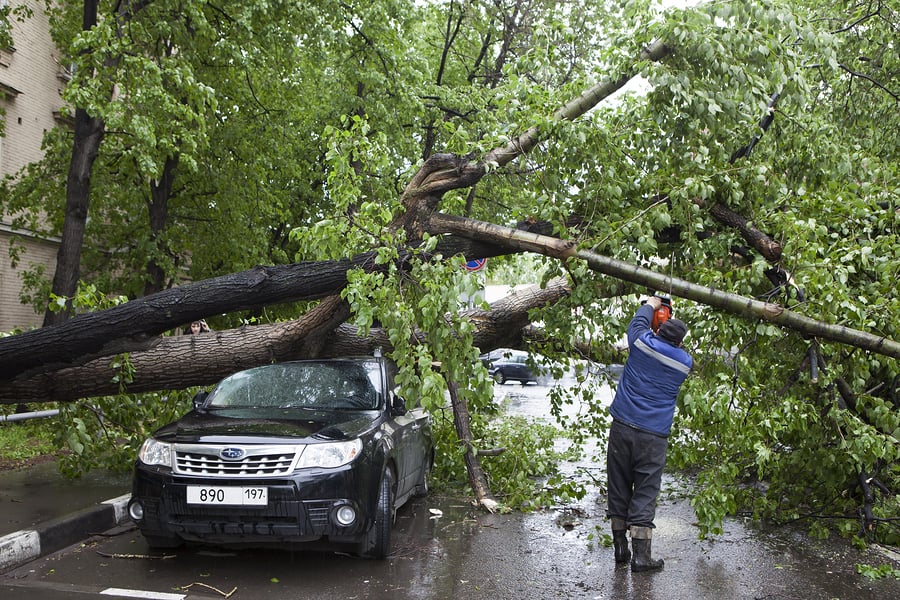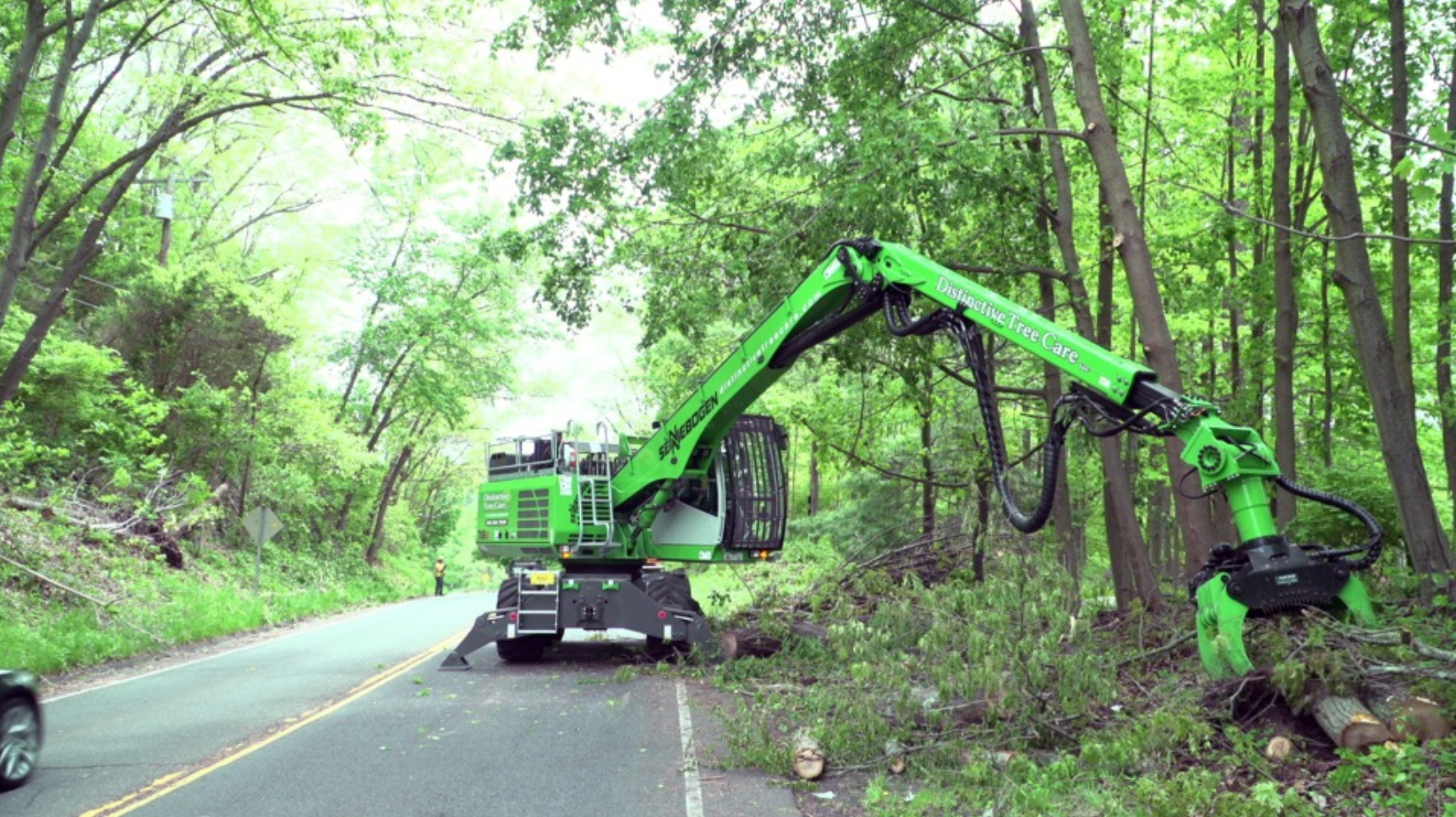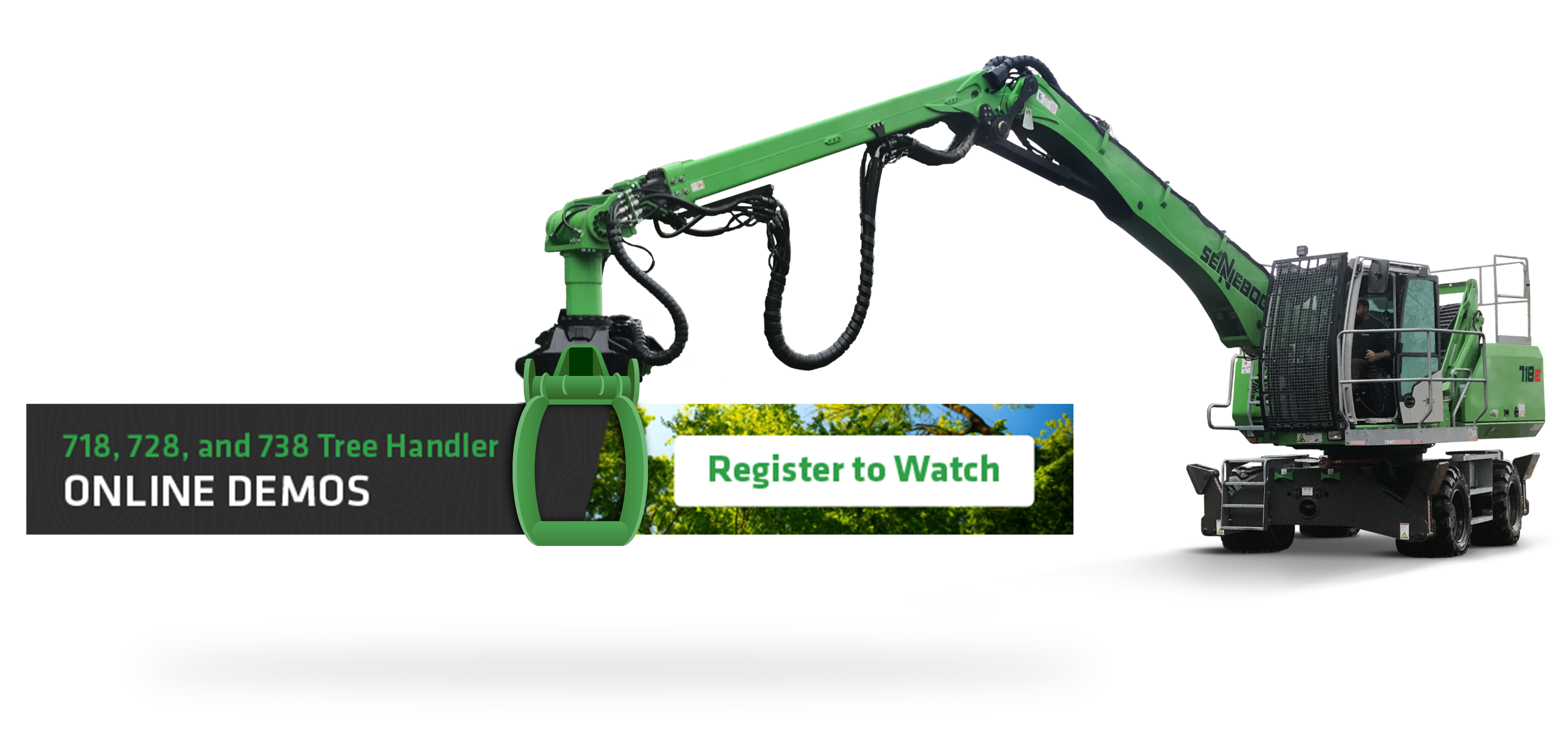Population growth and the expansion of urban, rural and residential living has always led to a greater need to manage vegetation - especially large trees. Tree service professionals are committed to protecting life, limb, and personal and public property.
RELATED: The Camaraderie and Community of the Tree Care Industry
.png?width=512&name=unnamed%20(39).png)
Urban Forestry Work: Storm Cleanup, Natural Disasters, Insect and Tree Damage
Weather related events that bring high winds, heavy snows, ice storms, etc. all too often cause heavy damage to trees that may even lead to urban and forest fires. With the steady increase in the use and international distribution of wood and forest products, foreign insects and tree diseases have become a major problem, killing millions of trees nationwide.

Although preserving trees when possible is preferable, managing trees when or before they pose a risk to life or property is necessary. The demand for this kind of work is currently greater than the supply of tree workers that can get the job done. Safety concerns of the job and the skills needed to tackle this kind of work, place a further strain.
For these reasons, many tree services are turning to mechanizing tree trimming and removal.
Forestry Equipment for Consideration in Tree Removal
A Harvester is one type of forestry equipment, typically used in logging operations, that has been considered for urban applications to help cities and towns take down hazardous trees quickly and safely.
The use of such heavy equipment, creating a working environment with “no feet on the forest floor”, has helped logging become a much safer profession than it used to be just a few decades ago.
Hence the reason why cities are looking to bring such use of heavy equipment into the urban environment due to its potential for high productivity and safety.
A harvester is a heavy equipment tool that excels in larger volume, clear cutting operations; typically, the larger the volume, the better the return on the owner's equipment investments.
However, electrical hazards, countless obstacles and space constraints often prevent the use or financially rewarding volume production of typical harvesters because they are not purpose built for the urban environment.
The application of harvesters built to excel in the woods is not feasible for most urban projects and often less than ideal for many rural and residential removal projects, especially when operating in tight spaces or busy areas.
Different jobs require different tools, and another tool is a better fit, where people and trees live together in what is known as “the Urban Forest”.
Advantage of a 718 tree-handler vs. a Harvester in Urban Forestry
The 718 is designed to overcome the physical limitations of a harvester and other forestry equipment. It is able to travel into tighter spaces and have a great degree of control in challenging, hard to reach areas.
The reach of the 718 is longer than a harvester and with a higher lifting capacity, as well as a smaller footprint, needing only a 1 lane closure if doing roadside projects.
- 45 ft vertical reach with 12,000 lbs of lifting capacity
- 43 ft horizontal reach with 3,700 lbs of lifting capacity
The cab is also able to lift and tilt for better visibility and comfort when cutting down taller trees or when working over a wall, guardrail or sound barrier. The operating eye level is 18 ft.
It certainly proves useful when needing to lift trees or debris off homes, power lines, and streets after severe storms.
While every tool has an application it excels in, the 718e is a powerful tool for a variety of urban tree trimming and removal operations. This is especially true for large scale tree diseases posing a threat to people or property such as the Emerald Ash Borer infestations in urban and rural landscapes.
Diseased or dead trees can be brittle and unpredictable, and certainly dangerous to take down manually using climbers and chainsaws.
So how to tackle them using safer and more efficient methods? With a SENNEBOGEN 718E tree-handler.

While a tree harvester is best suited for operations in the woods, where they can certainly offer a great degree of productivity and safety, the 718e is best suited in urban applications such as municipal, utility, and commercial projects.
It is a nimble and highly versatile machine that can serve as a powerful tool to tree service companies offering utility line clearing, ROW clearing, roadside maintenance, lot clearing and more.
Diversifying Your Tree Service Operations
One of the best ways to increase revenue in the tree service business is to diversify. When your company can take on commercial tree trimming or removals, municipal and DOT work, power and storm damage projects, you become a one-stop service provider, with the ability to bring in revenue year-round.
Adapting to emerging technologies allow tree service businesses to increase their capacity, offset labor shortages, increase safety and the productivity of their operations.
The Tree Care Industry in 2022: Forging Ahead to Meet Demand


.jpg?width=512&height=399&name=unnamed%20(94).jpg)
